A Put option is essentially insurance contracts much like how there are life and car insurance. In times of high volatility, selling expensive insurance to scared people is good business.
Table of Contents
Put Option Explained
Let’s say you were to buy a $60,000 car and buy an insurance contract for 6 months at a premium of $600, which will cover you for the entire $60,000. The premium will depend on how careful of a driver you are – the higher risk you are, the more your premiums will cost.
If you crash the car in the next 6 months, the insurance company pays you out the difference between what’s left and what you insured it at. If you don’t crash, the insurance company keeps your premium. If you only ruin the front of the car and now it’s worth $40,000, the insurance company can fix it for you, to return it back to the initial $60,000 value. The $20,000 they paid to fix your car is the difference.
As a put option seller, you are essentially acting as the insurance company. The technical terms for that are these:
– The stock (e.g. CBA shares) – $60,000 car
– The strike – the value you agree to cover for, in this case, the full $60,000
– The Expiry Date and days to expiry (DTE) – 6 months
– The premium – $600 you will collect for selling the contract
– The value of the premium depends on the implied volatility (e.g. VIX)
The concept stays the same for stocks. Let’s say we were to sell a put option on CBA, the bank that we think is best out of the big four. if the CBA shares stay above the strike, then the contract expires worthless, you keep the $600. If the contract falls below the strike, you pay the difference minus the premium.
In terms of the value of the contract, it doesn’t stay at $600. The value will fall as time goes by. This is simply explained by the fact that the shorter the contract, the cheaper it is. Additionally, the shorter the contract, the lower the probability an adverse event will happen between the expiry date and the current date. Hence, as we approach the last 30 days of the contract, the deterioration in value accelerates in a parabolic curve.
Additionally, it’s important to know Put options are sold as contracts per 100 shares, so you will need at least 100 shares to make this viable. They sometimes may not be 100 shares, depending on if there was some sort of corporate action, such as a new share issue.
The ASX200 VIX Explained
When markets correct like they did in the past week or so, market participants become nervous and they buy insurance. When there is an imbalance of demand, the cost of insurance rises, hence, market uncertainty and volatility cause insurance premiums (or VIX) to spike. The VIX is essentially an index that looks at the value of all the options premium out there and calculates how volatile the market is. The VIX is forward-looking, it calculates Implied Volatility, which means it shows how volatile market participants think the market will be in the future. As mentioned, VIX is currently 50% higher, so premiums are considerably higher right now.
The Pros and Cons Of Selling Insurance (Put Option)
The pros are simple, you are selling insurance for something that may not happen. I can probably bet that most people have not needed to ever exercise their car insurance or home insurance contracts because adverse events don’t happen often. The premium you pay becomes pure profit. As you can imagine, insurance companies make a lot of money, selling insurance is a profitable business.
However, the cons can be huge. For example, QBE Insurance (ASX: QBE) has had a horrid year, flagging $1.5 billion in losses thanks to an abnormal number of natural disasters. QBE had quite a lot of payouts which ate into their profits from collection premiums.
Another issue is investors tend to oversell insurance. Since the premium return is not that high, there is a tendency for investors to sell more than they can afford to cover when times are bad. A good example of this is 2008 when many investors were wiped out selling insurance during calm times and unable to pay back the premiums when the Global Financial Crisis came around.
The final issue is that stocks tend to go up and down, very randomly a lot of the time. You can expect to have to cover some of your sold premiums, quite often. When selling insurance, wait for elevated volatility and never be too greedy.



